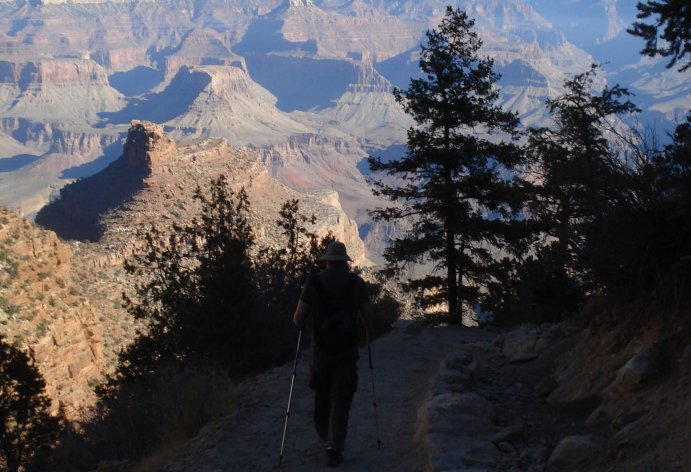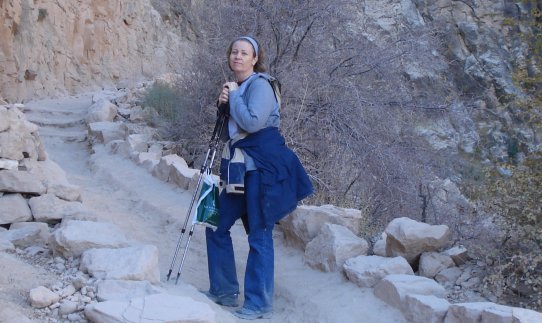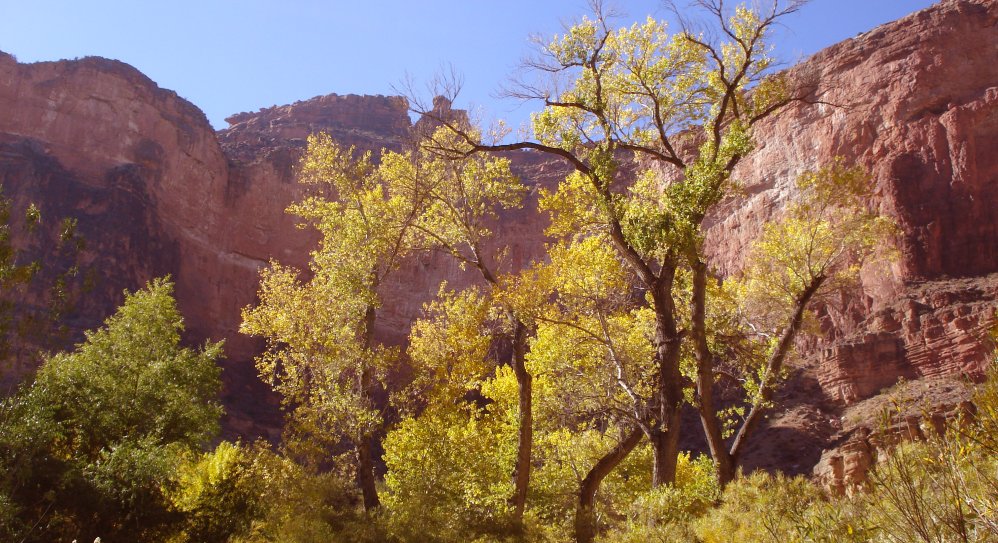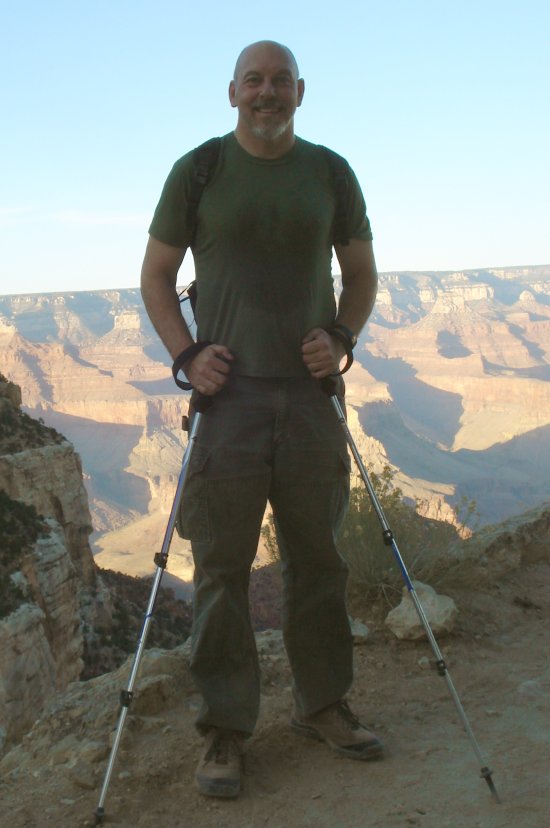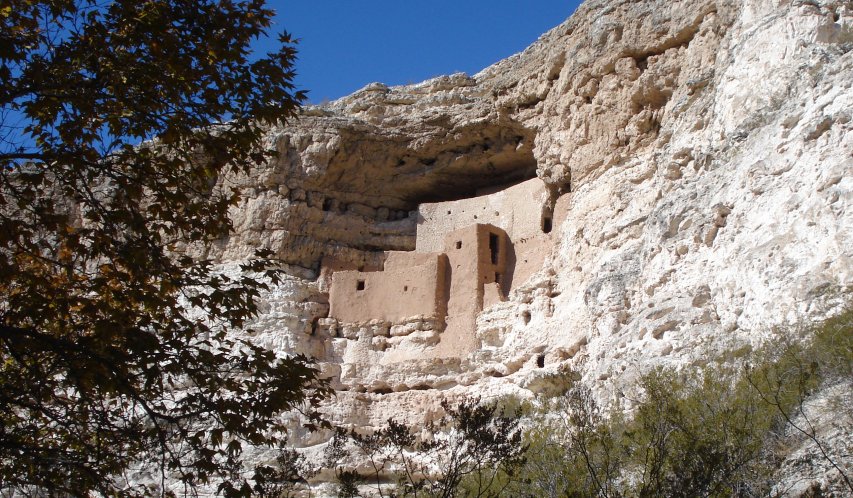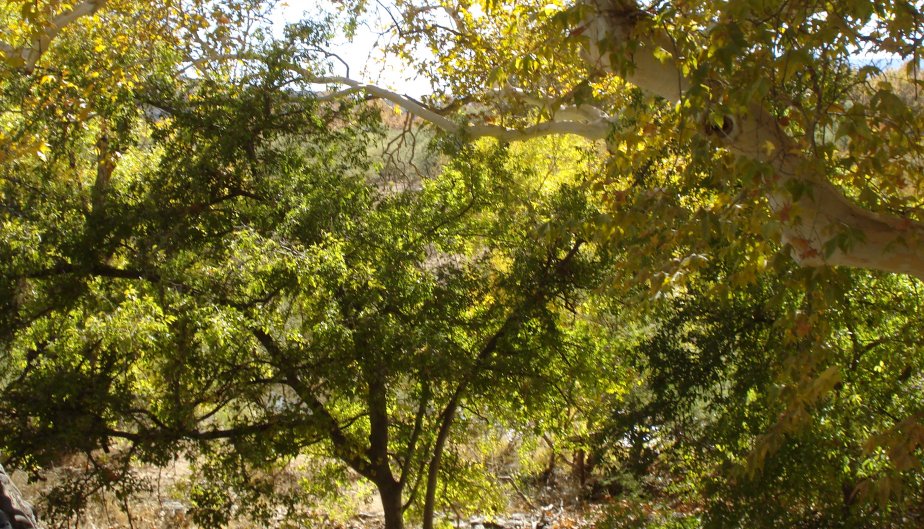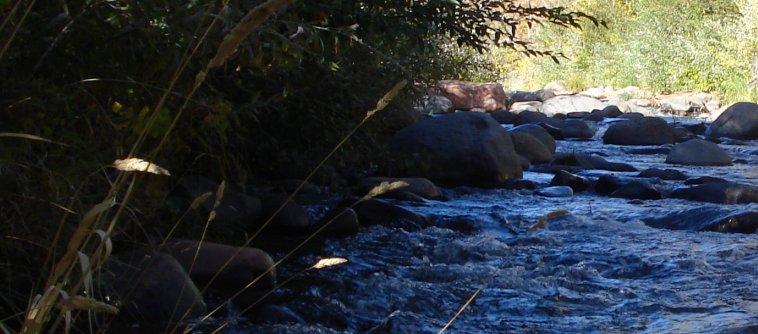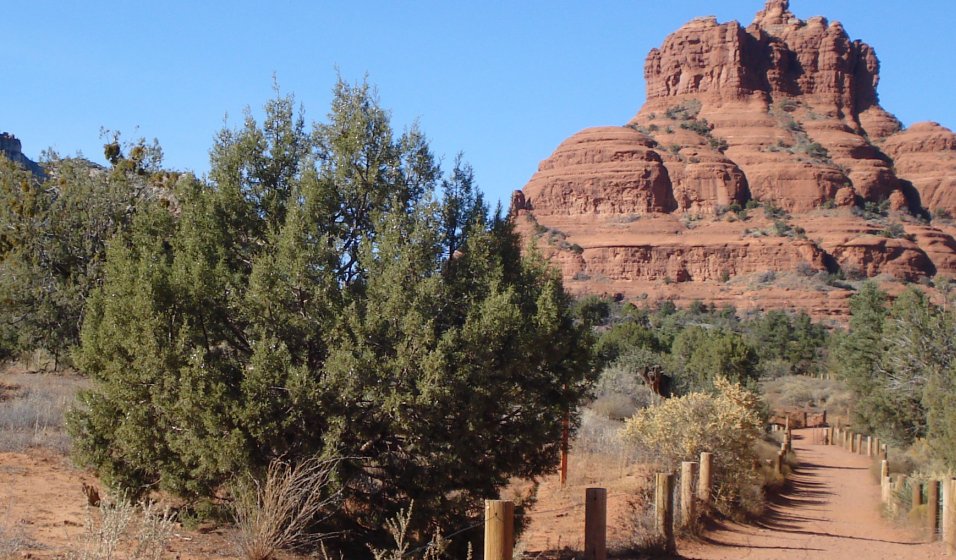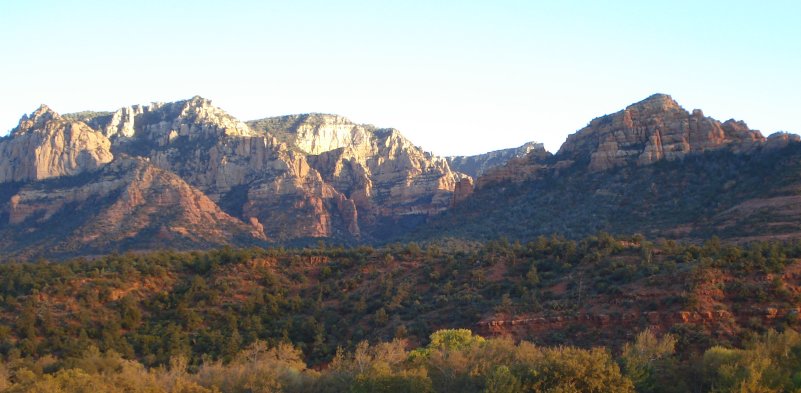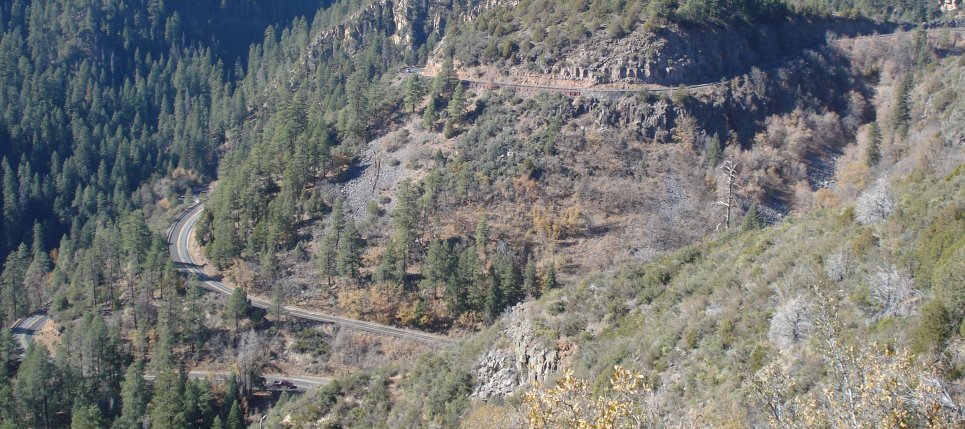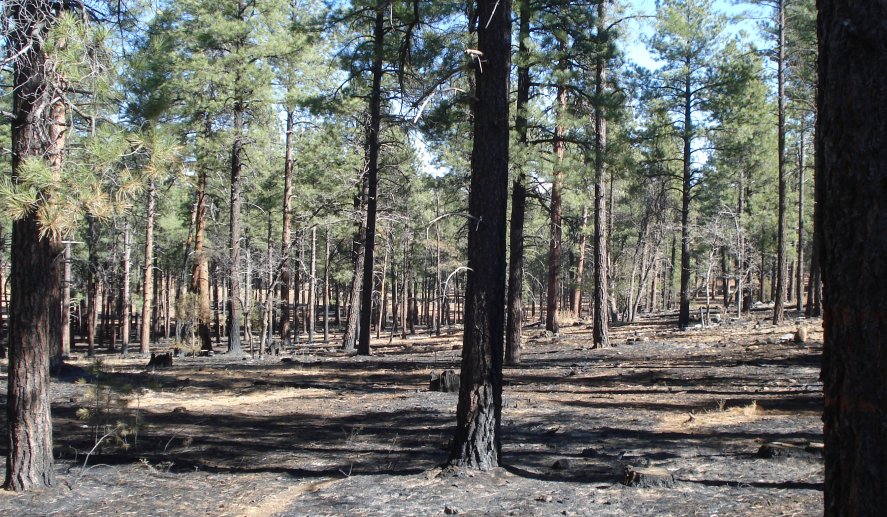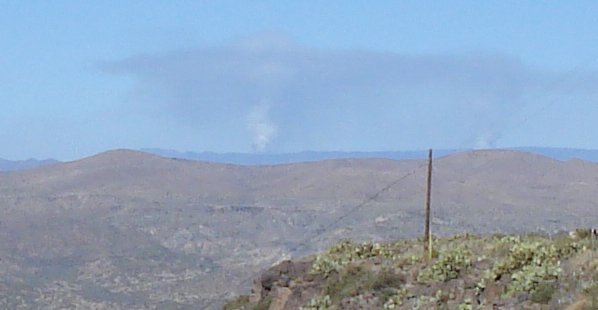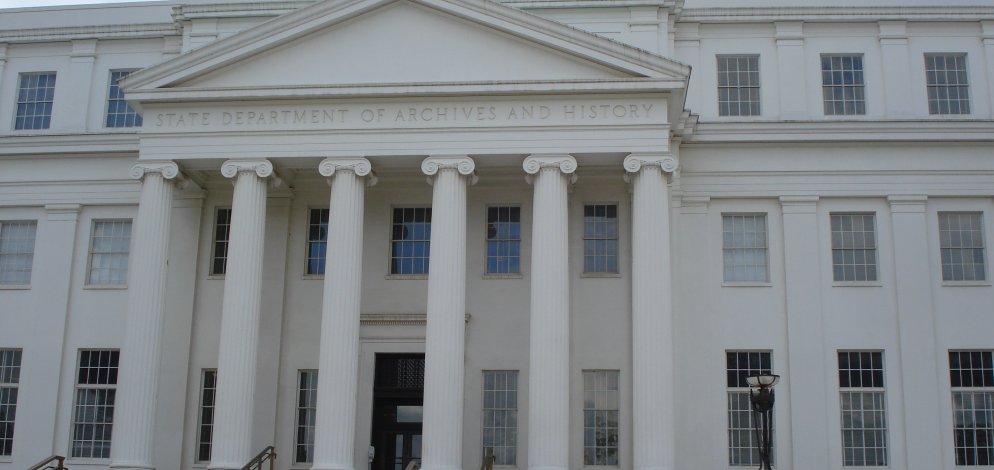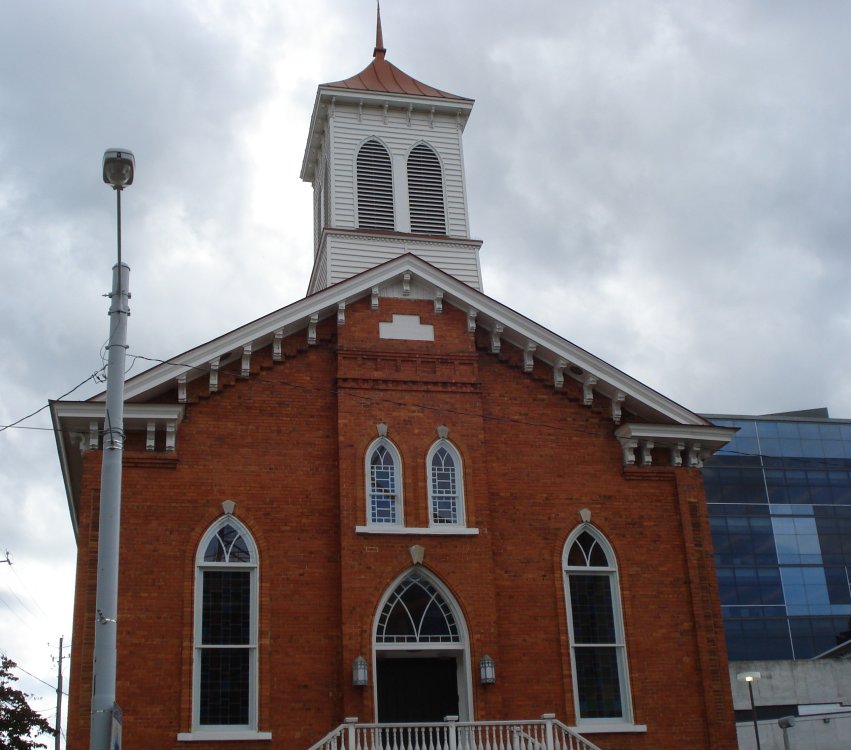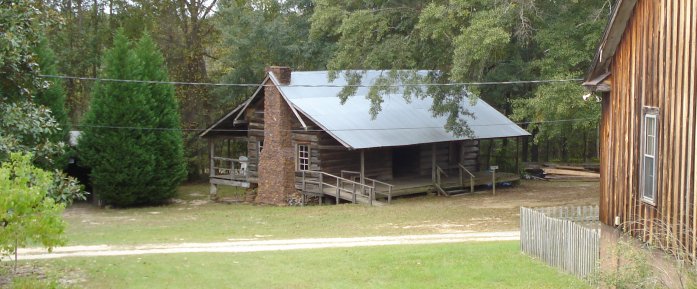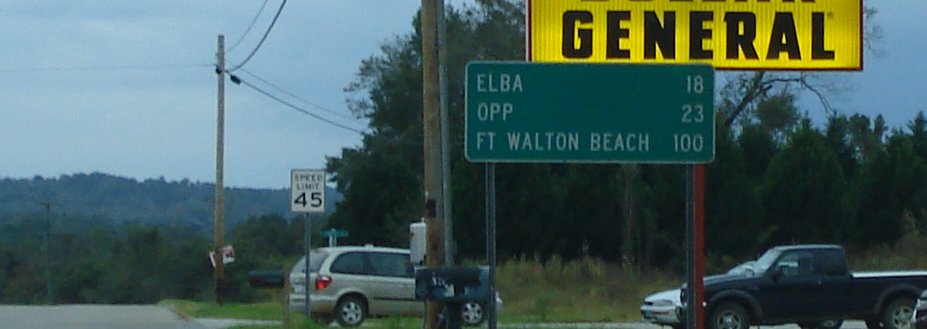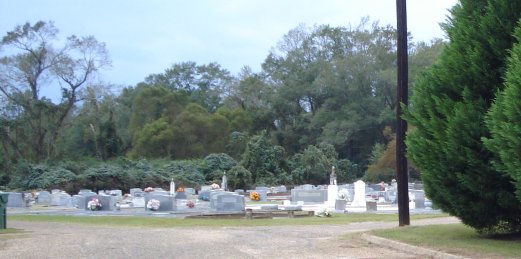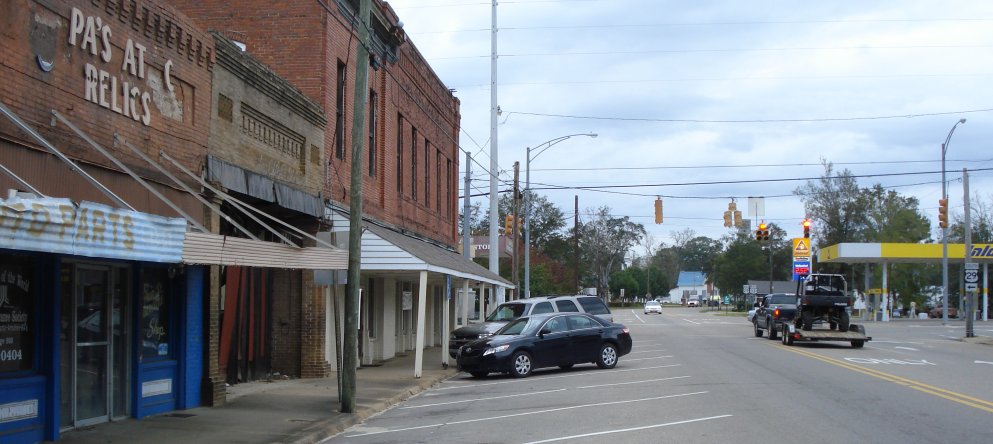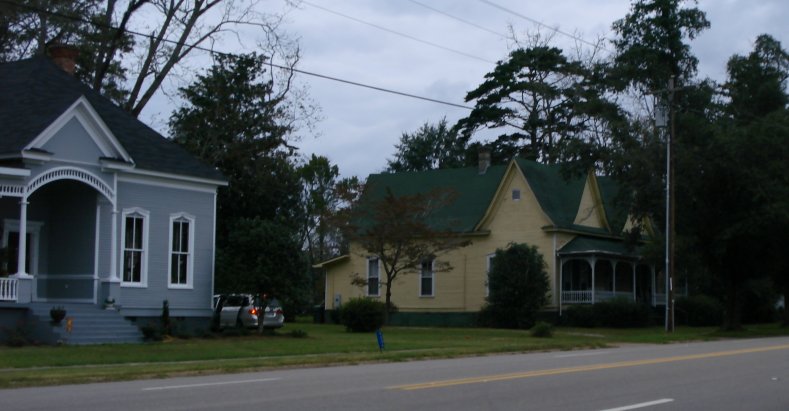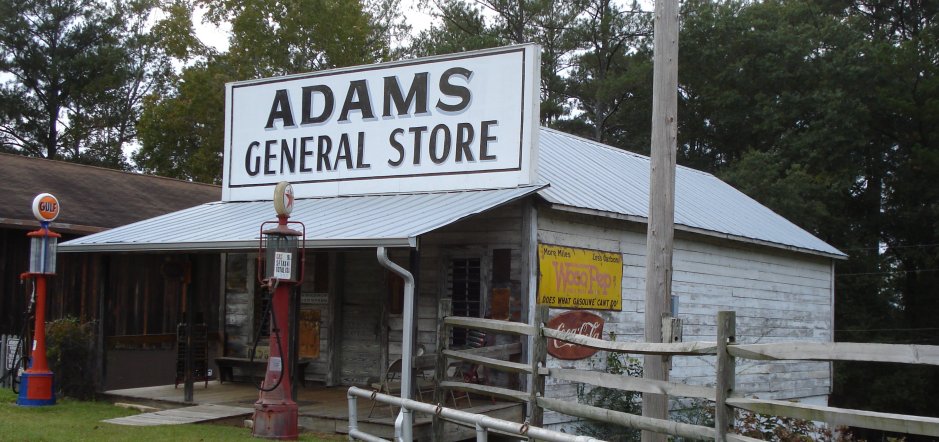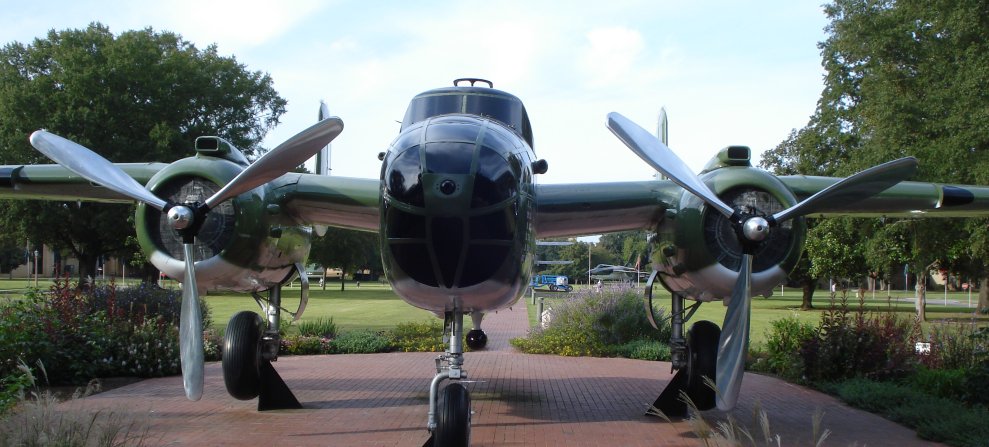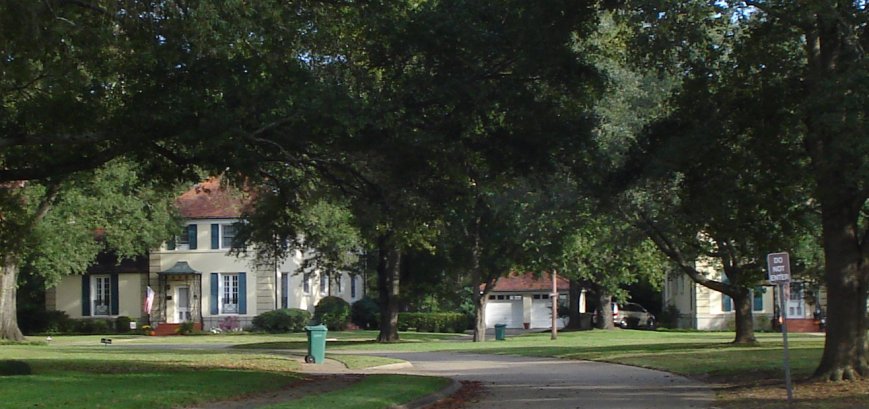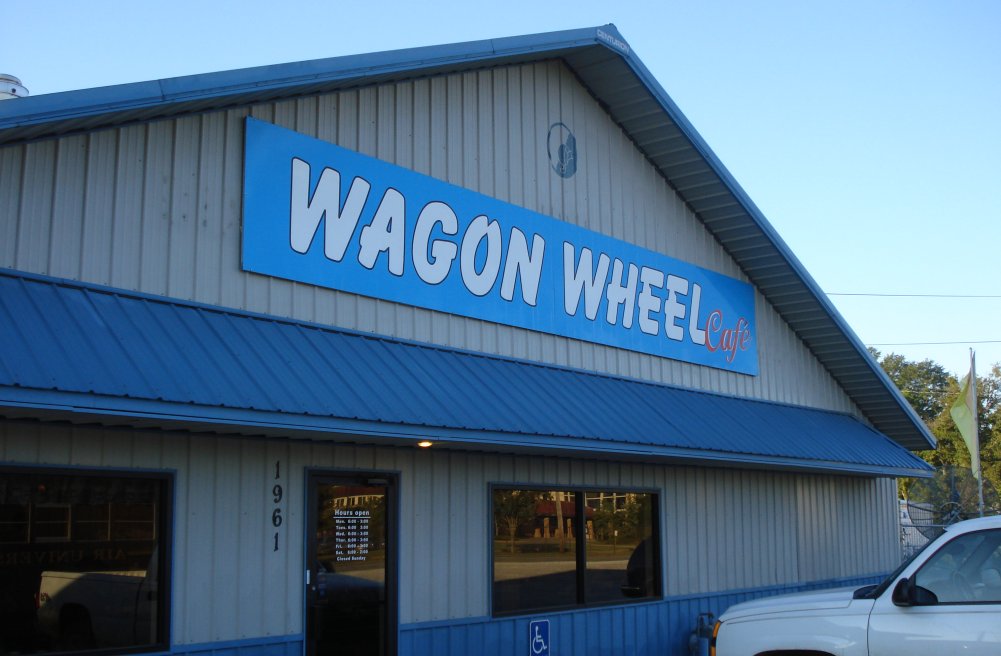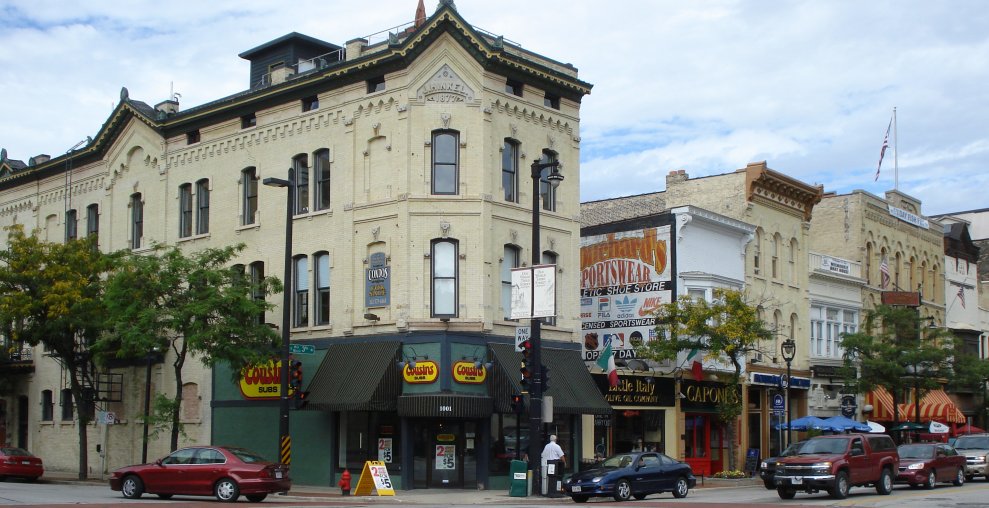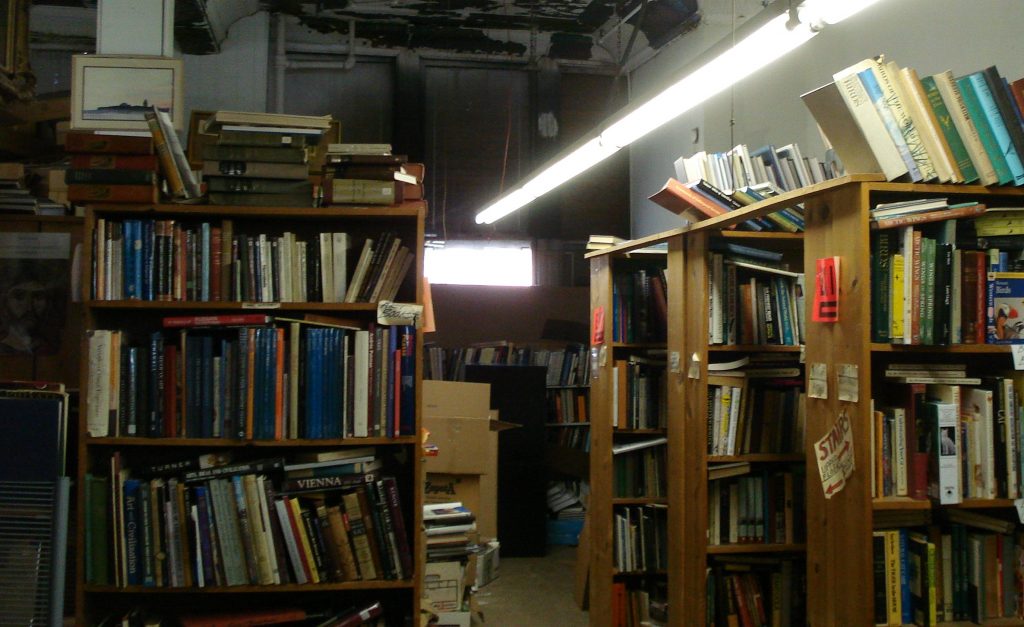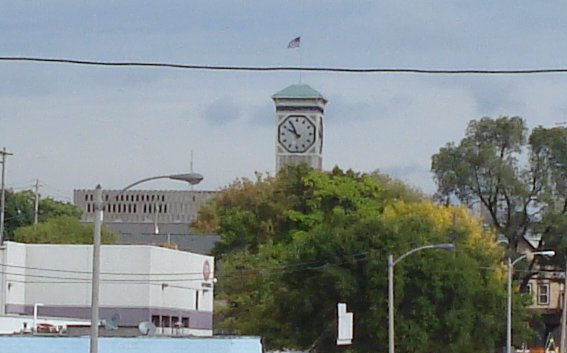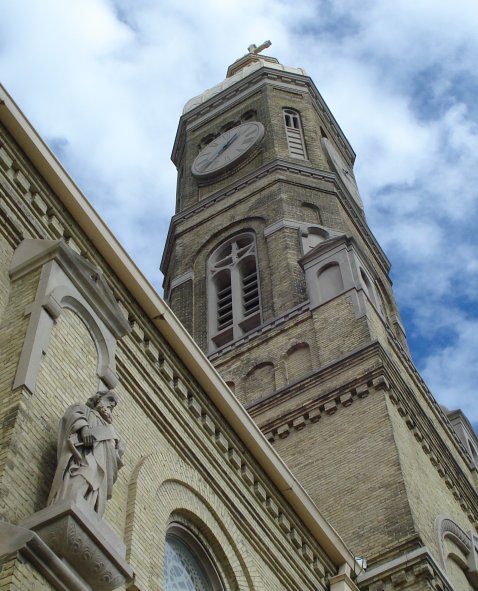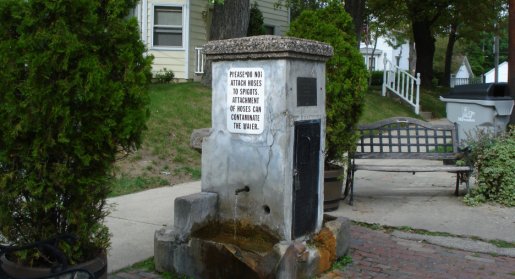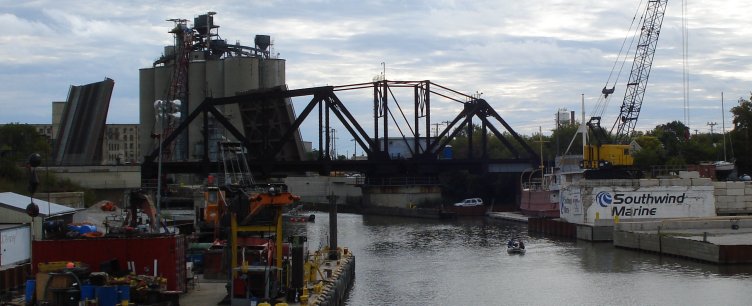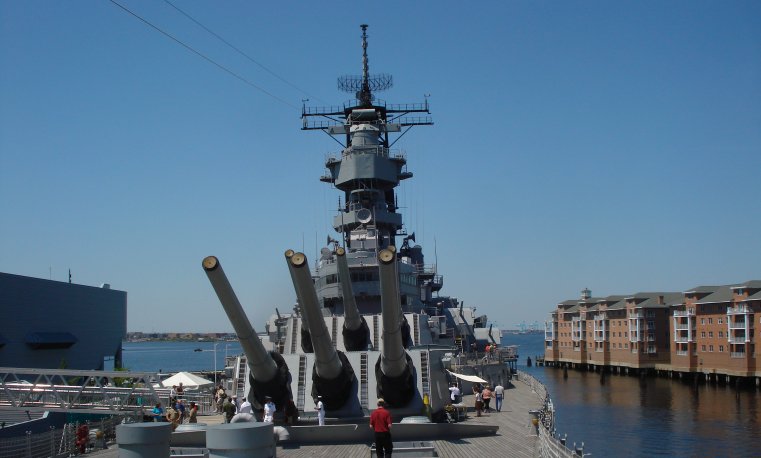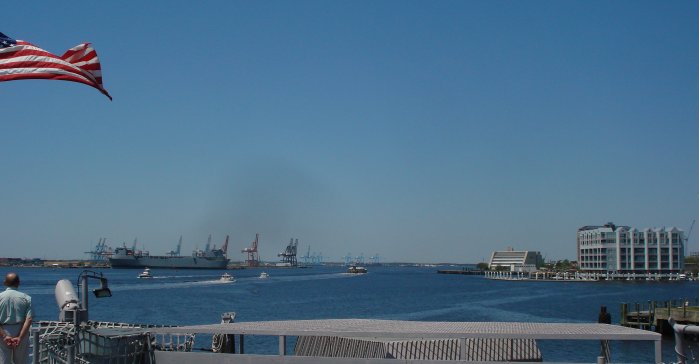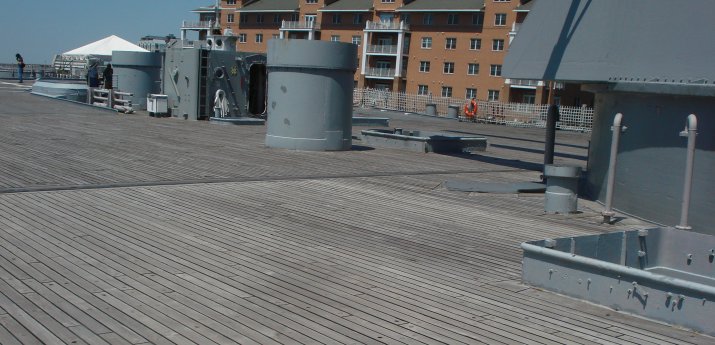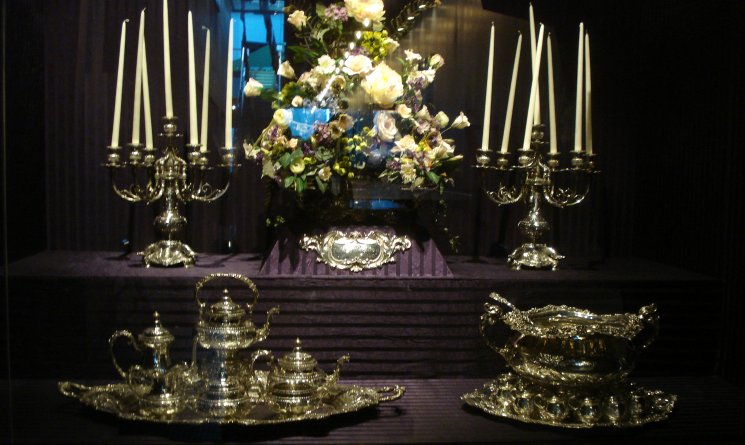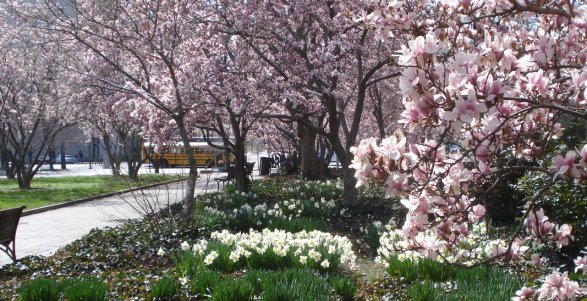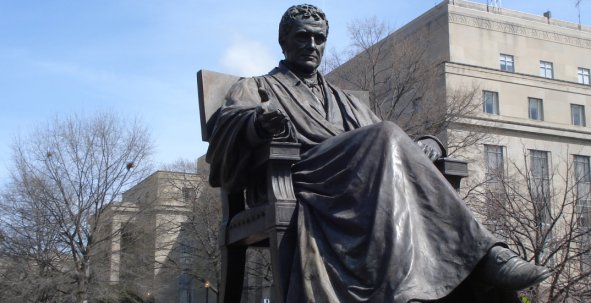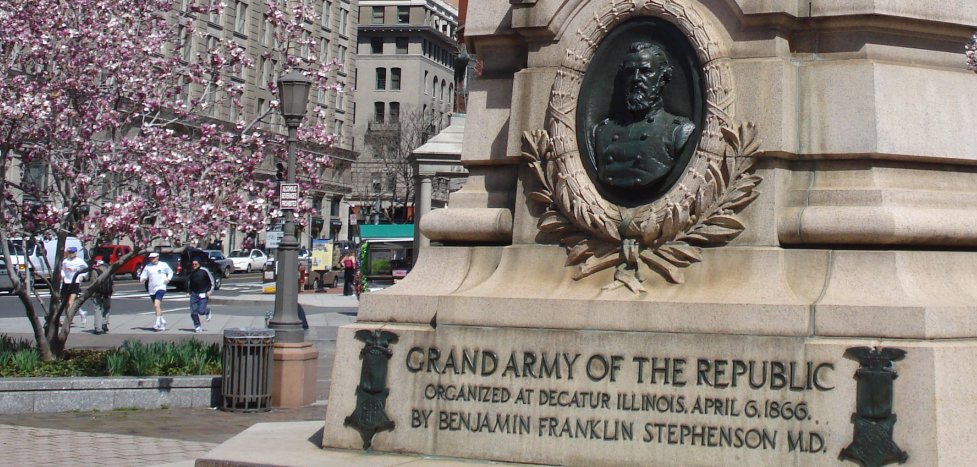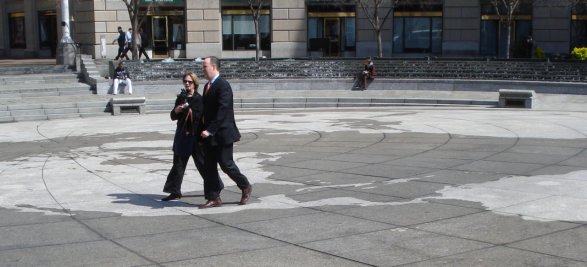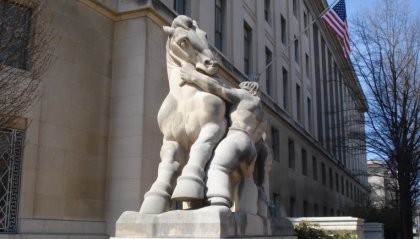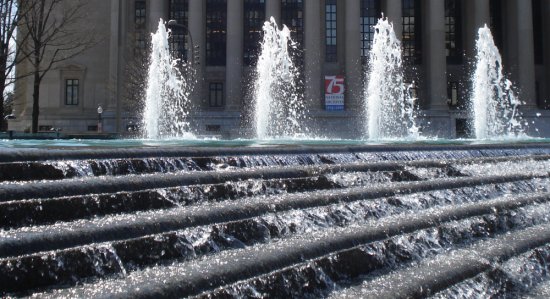I cannot really recall if Paul Kennedy came in person or if I “met” him on an electronic program, but I do recall having him for a program on his book the Rise & Fall of the Great Powers. That was back in 1989 and the general idea then was that the U.S. was about to be overtaken by Japan as the great power. It seems pretty absurd in retrospect. Japan doesn’t have the resources or the demographic strength to challenge the U.S. in the long-term. Of course now we talk about China and India, maybe even Brazil.
The decline & fall of the United States was a very popular topic back in the 1980s. Actually, it is always a popular topic. Different commentators emphasize different things at different times. Back in the 1970s when I first became aware of the genre, the favorite danger was ecological collapse. We have come back to that one somewhat today. Running out of energy is also a perennial favorite. But the one that encompasses them all is political-economic failure. That is the one that Kennedy talks about.
I hadn’t thought much about him in the last decade but I was reminded when I saw him on the PBS Newshour. He explained that the timing of his U.S.decline, replaced by Japan hypothesis was a bit off. Japan was the one that went into decline. The Soviet Union unexpectedly collapsed relieving the U.S. of the superpower competition. American productivity (and so wealth) jumped as communications technologies began to be applied to business. He didn’t add, but I will, that American business went through revolutionary change and reorganization. The economy he was thinking of in the 1970s was not the same one he was living with when he wrote the book in the late 1980s.
It is easy to miss the dynamism of the American economy and academics who look at the “big trends” are often the ones who miss it the most. One reason is that they are trying to impose patterns, often anthropomorphic patterns, on complex systems.
It is hard not to view societies or civilizations in human terms of birth, growth, maturity, decline and ultimate death. The depressing German historian Oswald Spengler made an explicit science of this with specific stages of growth and decline. Each civilization had a life span of 1000 years. He thought that civilizations have as much chance of changing or extending this lifespan as you or I do with our physical bodies. Spengler codified what lots of other people thought but he really hit a rich intellectual vein. Lots of people who never heard of Spengler implicitly follow his ideas. Spengler is compelling and very interesting, as well as being completely wrong.
Countries and civilizations do not have life spans analogous to people. The only reason we think they do is because of the extreme power of the pattern that we see in our own lives. It is true that countries and civilizations have some beginning and ending but they can copy from others and they have almost endless capacity for change and renewal. They also morph and combine.
The U.S. has been declining RELATIVE to the rest of the world since the end of World War II. This should be a cause for celebration, not fear. After World War II, most of the world was either in ruins as a result of war or just poorly developed. They had to catch up and the general growth of wealth has helped us too, as others have begun to pull their own weight and contribute to the general welfare. In some ways, prosperity is natural if you just stop doing stupid things. The biggest success story of recent decades is China. As they shifted from their benighted communist system, their economy developed. While they are now a rival in a way we never thought possible, they are also a source of wealth for us as well as themselves. Imagine if they had continued along the Maoist lines. Is it better to face a rapidly developing China that is a good, if over clever trading partner; or would we prefer a communist state near Malthusian collapse and destabilizing the entire world?
We feel a little nostalgia for the good old days, but they weren’t really that good. We are better off NOT being the sole superpower, or being the only game in town. If we imagine the world 50 years hence, we will be wrong in detail, but you can see some trends.
The U.S. will still be the most important country in the world in 2060, but we will have several peers including China, India, the EU and maybe Brazil. You can imagine some regional groupings, but there is nothing currently in the cards. China has enjoyed a fantastic growth rate, but it will hit some ecological and demographic speed bumps soon. The same goes for India. Russia is the power of the past. In 2060, it will have a smaller population than it does today unless it changes fundamentally, in which case it might no longer be Russia. The EU will also have a smaller population, but since it starts with so much economic and social capital it will still be important.
The country I am most interested in (besides the U.S.) is Brazil. The old joke was that Brazil was the country of the future and always would be, but reforms, good decisions and some luck have brought the future to us now. The U.S. and Brazil share an important characteristic – they are American in the New World sense. Both our countries were built by immigrants and have been very open to outside influences, techniques and technologies. Both Brazil and the U.S. are large, resource rich countries with the demographic weight to be powerful into the future.
But I hope and believe that by 2060 the national power will be less acute in the sense of rivalry and it will matter less which country has the biggest economy or the most powerful military. Paul Kennedy talked about the “Concert of Europe” where the great powers more or less cooperated or at least coexisted. Of course, there were lots of problems with that specific formulation. Historians can and have written whole books talking about them and of course, we can do better now with our improved technologies and the benefit of the experience that our ancestors didn’t have.
Having one single country as the “leader” is not the only way there is. From the fall of the Roman Empire until the end of World War II, there wasn’t really a predominant power in the Western World. We can have diverse and dispersed power centers within a globalized network.

